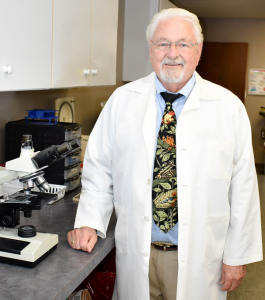
Dr. William V. Judy, SIBR Research Institute, explains: Absorption is the movement of the ingested Coenzyme Q10 through the stomach and small intestines into the lymph and then into the blood circulation. Bioavailability is the accumulation of the ingested Coenzyme Q10 in the blood over time in response to daily doses. It is the amount of Coenzyme Q10 that is available for transport into the tissue cells.
Fact: Without decent Q10 absorption and bio-availability, we cannot hope to get good heart health effects.
Fact: There is much variability from one CoQ10 supplement to another. It is important to choose a CoQ10 supplement for which there is documented evidence of absorption and bio-availability as well as published evidence of improvement of heart health signs and symptoms.
Sadly, the claims for the absorption of many CoQ10 supplements have been greatly exaggerated in many cases.
Fact: How well the Coenzyme Q10 is absorbed depends primarily on the formulation of the supplement [Lopez-Lluch 2019]. The CoQ10 supplements available for purchase are not equally well absorbed.
Why is Coenzyme Q10 so Difficult to Absorb?
- The CoQ10 raw material comes to the supplement manufacturers in the form of crystal powder. We humans cannot absorb these CoQ10 crystals; we need the crystals dissolved to single molecules to make absorption possible [Judy 2018].
- By themselves, CoQ10 crystals will dissolve at 48 degrees Celsius, which is about 10 degrees Celsius higher than the human body temperature. So, swallowing CoQ10 capsules containing CoQ10 crystals will not lead to much if any absorption. Only about 1% of a 100-mg crystalline powder tablet or capsule will be absorbed.
- CoQ10 molecules are fat-soluble molecules (also known as lipid-soluble molecules). To reach the intestinal absorption cells, these fat-soluble CoQ10 molecules have to pass through the watery phase of the small intestines [Raizner 2018]. Warning: No amount of processing will change the CoQ10 molecules from fat-soluble to water-soluble, not without changing the CoQ10 molecules to the extent that they are no longer CoQ10 molecules. We need to be wary of claims for water-soluble Coenzyme Q10.
- The CoQ10 molecules are large molecules. They are too large to diffuse into the intestinal absorption cells and to be absorbed directly into the bloodstream. Instead, the CoQ10 molecules have to be transported through the water phase of the small intestines in spherical complexes called micelles. In between the hair-like microvilli of the intestinal absorption cells, the CoQ10 molecules are released from the micelles, and some are absorbed by a passive facilitated diffusion process [Judy 2018].
- Absorption of Coenzyme Q10 is improved if the supplement is taken together with a fatty meal [Raizner 2018].
- Divided CoQ10 doses will give a better absorption than single doses will [Singh 2005].
The Recrystallization of the Processed CoQ10 Molecules
To produce a CoQ10 supplement with a decent absorption and bio-availability, the manufacturer needs two things:
- the right formulation of carrier oils in which to dissolve the Coenzyme Q10 crystals
- the right heating and cooling process to keep the crystals dissolved or recrystallized in a form that has a greater surface area to volume ratio resulting in better solubilization of the Coenzyme Q10 at body temperature when the Coenzyme Q10 is released from the capsule
The Two Bio-Active Forms of CoQ10 Supplements
The two bio-active forms of Coenzyme Q10 are the oxidized form known as ubiquinone and the reduced form known as ubiquinol. The two forms have equally vital biological functions, and, being redox molecules, they are easily inter-converted in the cells. Claims that one form is more important or more active than the other are nonsense.
It is not necessary to take a ubiquinol supplement to ensure a supply of ubiquinol to the blood lipoproteins. A good ubiquinone CoQ10 supplement will give a significant increase in ubiquinol in the plasma and blood lipoproteins [Mohr 1992; Zhang 2018].
Moreover, the body contains several enzyme systems that facilitate the conversion of ubiquinone to ubiquinol [Villalba 1997; Nordman 2003]:
- cytochrome b5
- lipoamide dehydrogenase
- thioredoxin reductase
- glutathione reductase
- NQO1
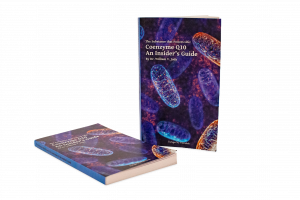
In his 2018 Insider’s Guide to Coenzyme Q10, Dr. William Judy says that the ubiquinone form of Coenzyme Q10 is the more stable form, the better documented form, and the form in which ingested Coenzyme Q10 passes from the intestinal absorption cells into the lymph. The book is available from amazon.com. ISBN: 978-87-7776-186-7.
Formulation More Important than Form of Coenzyme Q10 Supplement
A double-blind crossover study of CoQ10 bioavailability has shown that a well-formulated ubiquinone CoQ10 supplement with the Coenzyme Q10 dissolved in soy-bean oils gave significantly better bioavailability than a ubiquinol supplement made with medium-chain triglyceride oils. The ubiquinol supplement, in turn, outperformed other ubiquinone CoQ10 supplements that had been produced with different oil matrices or different heating/cooling processes or both [Lopez-Lluch 2019].
The logical conclusion from the bioavailability study is that the formulation of the CoQ10 supplement — the right choice of oil matrix, the right heating and cooling process, the right additives — makes a big difference in the absorption and bioavailability of the supplement, far outweighing the importance of the form of the Coenzyme Q10, i.e. whether it is ubiquinone or ubiquinol.
Heart Health Benefits with Properly Formulated CoQ10 Supplements
Given the variability of the CoQ10 supplements’ absorption and bioavailability, it is best to choose a CoQ10 supplement for which there are published clinical trial results:
Q-Symbio Study: 3 times 100 mg of ubiquinone Coenzyme Q10 daily for two years significantly improved the symptoms and survival of chronic heart failure patients compared to placebo [Mortensen 2014].
KiSel-10 Study: 2 times 100 mg of ubiquinone Coenzyme Q10 together with 100 micrograms of selenium daily for four years improved heart function and reduced the risk of death from heart disease for senior citizens compared to placebo [Alehagen 2013].
Gulf War Illness Study: 100 mg of ubiquinone Coenzyme Q10 daily for 3.5 months was associated with improvement of physical function and other symptoms in veterans diagnosed with Gulf War Illness [Golomb 2014].
Summing Up: Buyer Beware When Buying CoQ10 Supplements
Coenzyme Q10 supplements are safe, well-tolerated, and affordable. Adequate intakes of Coenzyme Q10 are important to good heart health. The less expensive CoQ10 supplements may not give a good absorption and bio-availability and will, then, be a waste of money. Documentation of a CoQ10 product’s absorption is important.
Sources
Alehagen U, Johansson P, Björnstedt M, Rosén A, & Dahlström U. (2013). Cardiovascular mortality and N-terminal-proBNP reduced after combined selenium and Coenzyme Q10 supplementation: a 5-year prospective randomized double-blind placebo-controlled trial among elderly Swedish citizens. International Journal of Cardiology, 167(5), 1860-1866.
Golomb, B. CoQ10 and Gulf War illness. Neural Computation 2014 Nov; Vol. 26 (11), pp. 2594-651.
Judy WV. (2018). Coenzyme Q10: The Substance That Powers Life; An Insider’s Guide. ISBN: 978-87-7776-186-7.
López-Lluch G, Del Pozo-Cruz J, Sánchez-Cuesta A, Cortés-Rodríguez AB & Navas, P. (2019). Bioavailability of coenzyme Q10 supplements depends on carrier lipids and solubilization. Nutrition; 57, 133–140.
Mohr D, Bowry VW & Stocker R. (1992). Dietary supplementation with Coenzyme Q10 results in increased levels of ubiquinol-10 within circulating lipoproteins and increased resistance of human low-density lipoprotein to the initiation of lipid peroxidation. Biochimica et Biophysica Acta; 1126(3), 247-254.
Mortensen SA, Rosenfeldt F, Kumar A, Dolliner P, Filipiak KJ, Pella D, & Littarru, G. P. (2014). The effect of coenzyme Q10 on morbidity and mortality in chronic heart failure: results from Q-SYMBIO: a randomized double-blind trial. JACC. Heart Failure, 2(6), 641-649.
Nordman T, Xia L, Bjorkhem-Bergman L & Damdimopoulos A. (2003). Regeneration of the antioxidant ubiquinol by lipoamide dehydrogenase, thioredoxin reductase and glutathione reductase. Biofactors; 18(1-4): 45-50.
Raizner AE. (2019). Coenzyme Q10. Methodist Debakey Cardiovasc J; 15(3): 185–191.
Singh RB, Niaz MA, Sindberg CD, Moesgaard S & Littarru GP. (2005). Effect of oral coenzyme Q10 dosages on serum Q10 and MDA levels among healthy men. Biofactors; 25(1-4): 219-24.
Villalba JM, Navarro F, Gomez-Diaz C & Navas P. (1997). Role of cytochrome b5 reductase on the antioxidant function of Coenzyme Q in the plasma membrane; Molec Aspects Med; 18 Suppl: s7-s13.
Zhang Y, Liu J, Chen XQ, Oliver Chen CY: Ubiquinol is superior to ubiquinone to enhance Coenzyme Q10 status in older men.; Food Funct 2018 11 5653-5659
The information provided in this review article is not intended as medical advice and should not be used as such.
1 May 2020



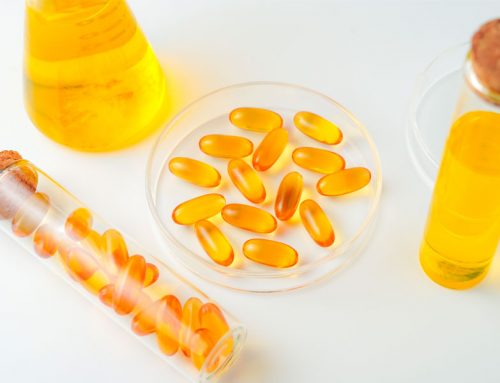
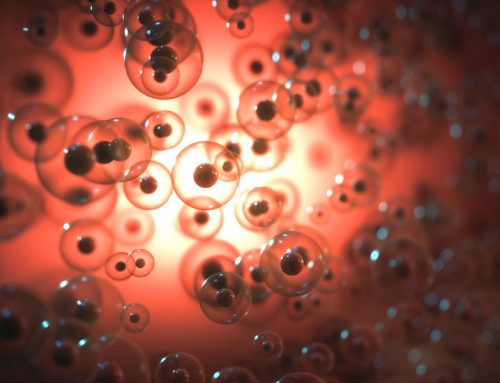
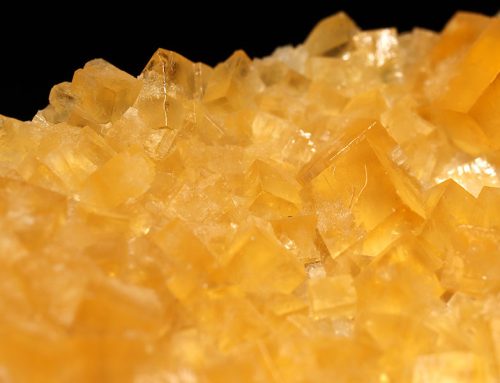
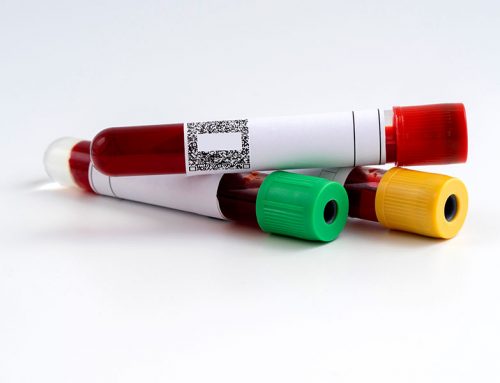
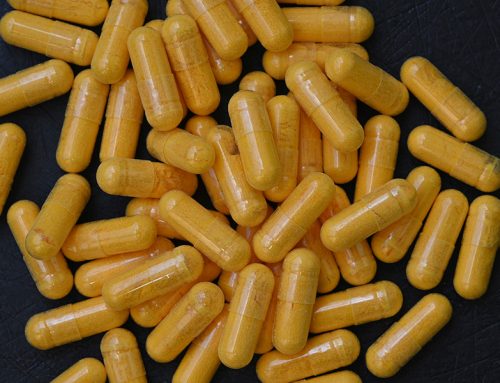
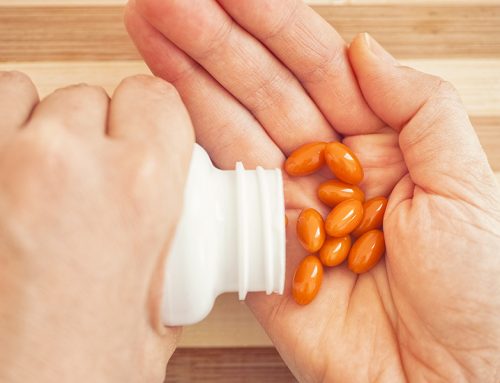
Leave A Comment